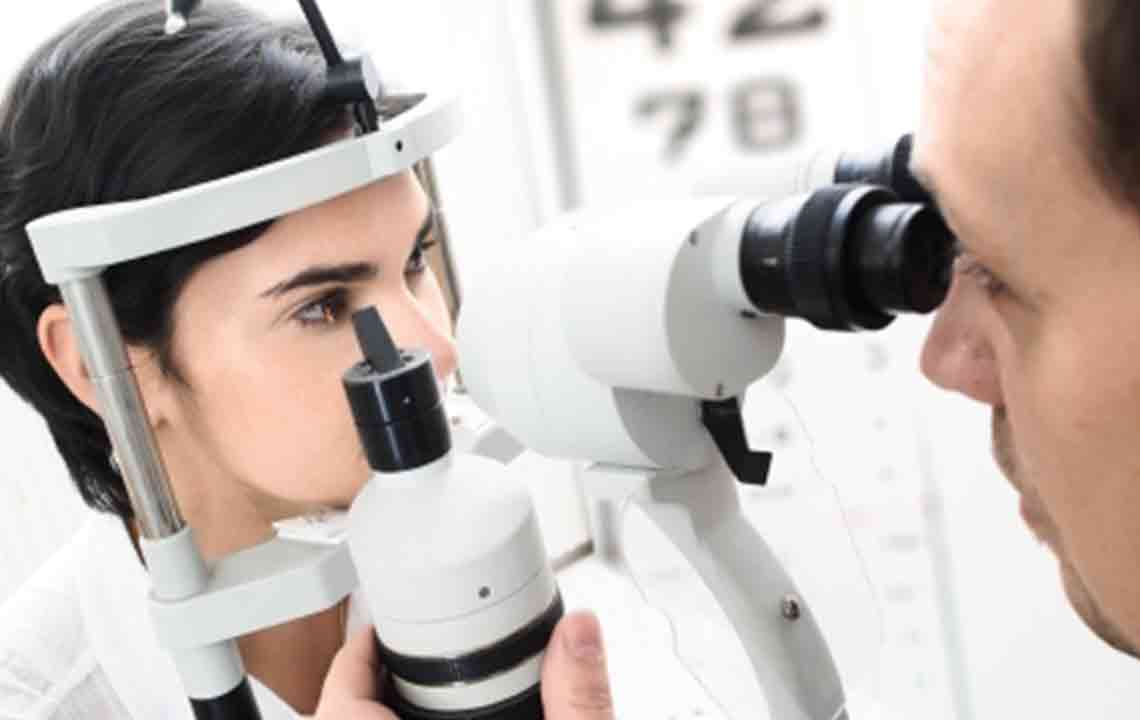Recognizing the Key Symptoms of Thyroid Eye Disorder
Thyroid eye disorder exhibits symptoms like protruding eyes, eyelid swelling, dryness, and vision problems. Recognizing these signs early allows for timely treatment to prevent complications. Key symptoms include proptosis, eyelid retraction, double vision, and eye pain, highlighting the importance of prompt medical attention for optimal management.

Recognizing the Key Symptoms of Thyroid Eye Disorder
Thyroid eye disorder, often linked to Graves' disease, is an autoimmune condition that impacts the eyes and surrounding tissues. Early identification of its signs can lead to prompt treatment, improving outcomes and preserving vision. Common symptoms include protruding eyes (proptosis), eyelid swelling (periorbital edema), dryness, and a gritty sensation, often accompanied by blurred or double vision. Patients may also experience eye pain, light sensitivity (photophobia), and difficulty closing their eyes properly (lagophthalmos). Timely diagnosis is crucial to prevent complications and maintain eye health.
Additional symptoms include vision changes, characterized by blurred or fluctuating sight, and eyelid retraction, giving a staring appearance. Increased inflammation may cause eye pressure and discomfort, especially with eye movement. Patients should seek medical evaluation if noticing such signs to manage the disease effectively and prevent serious complications.










